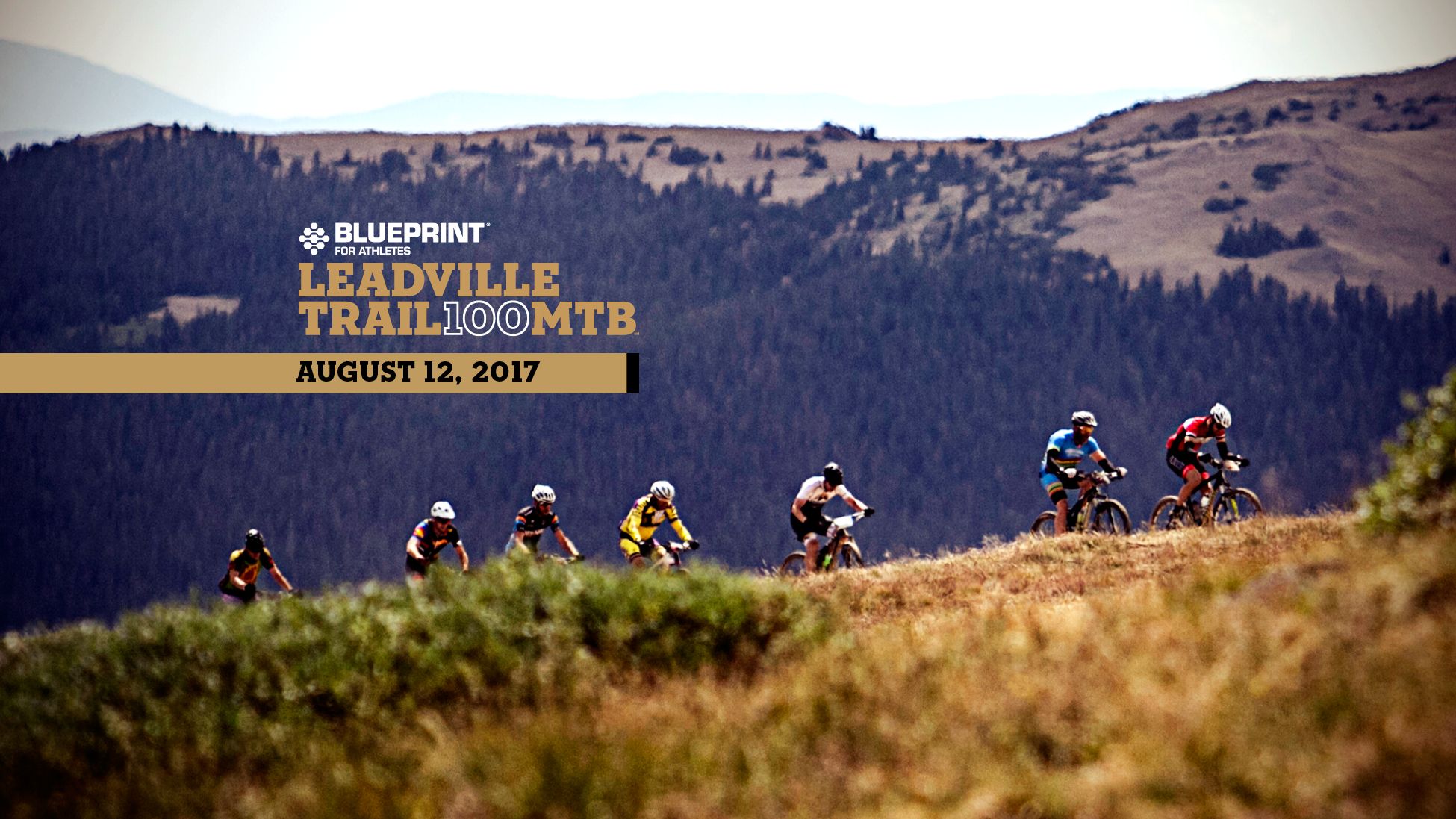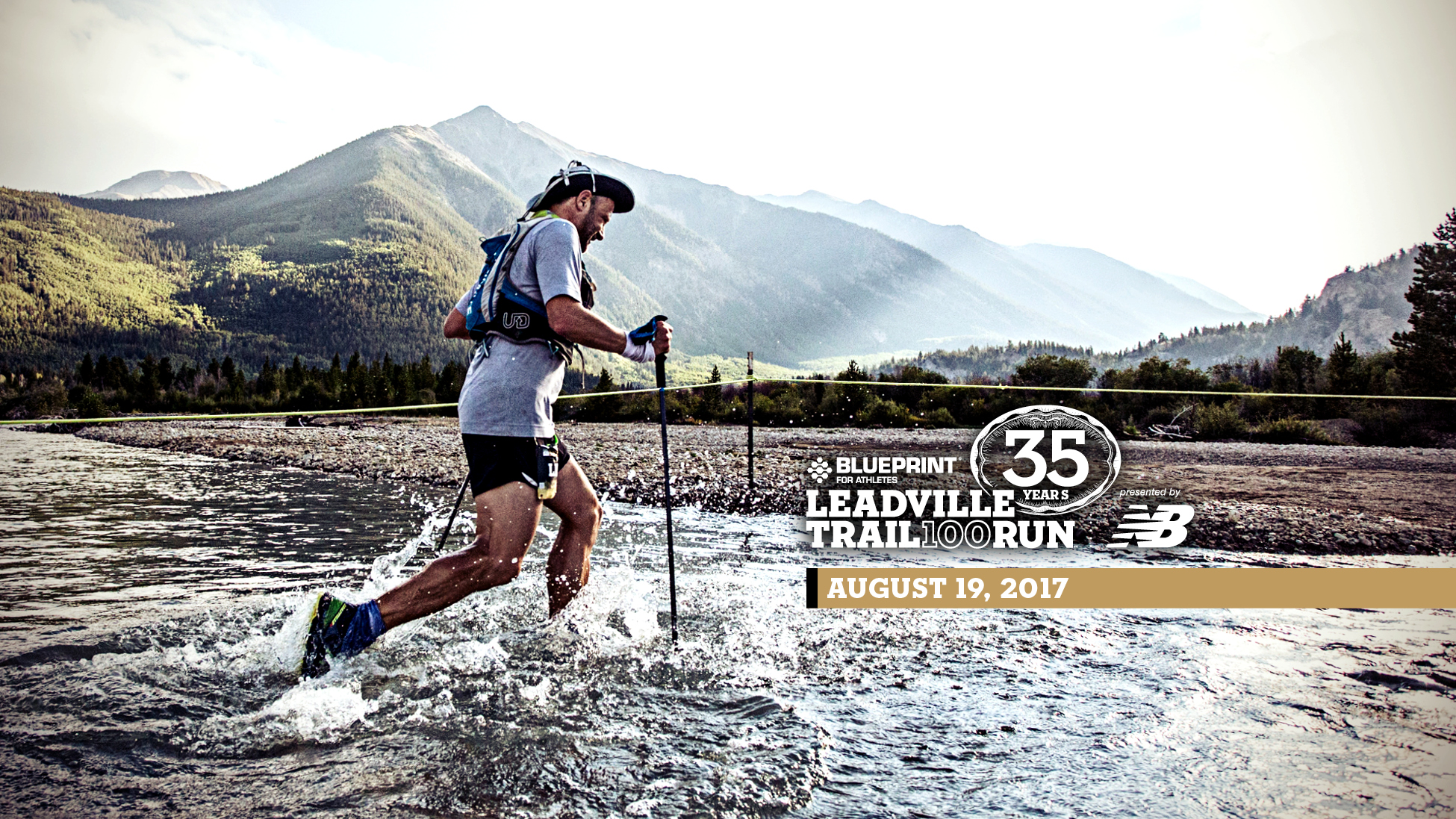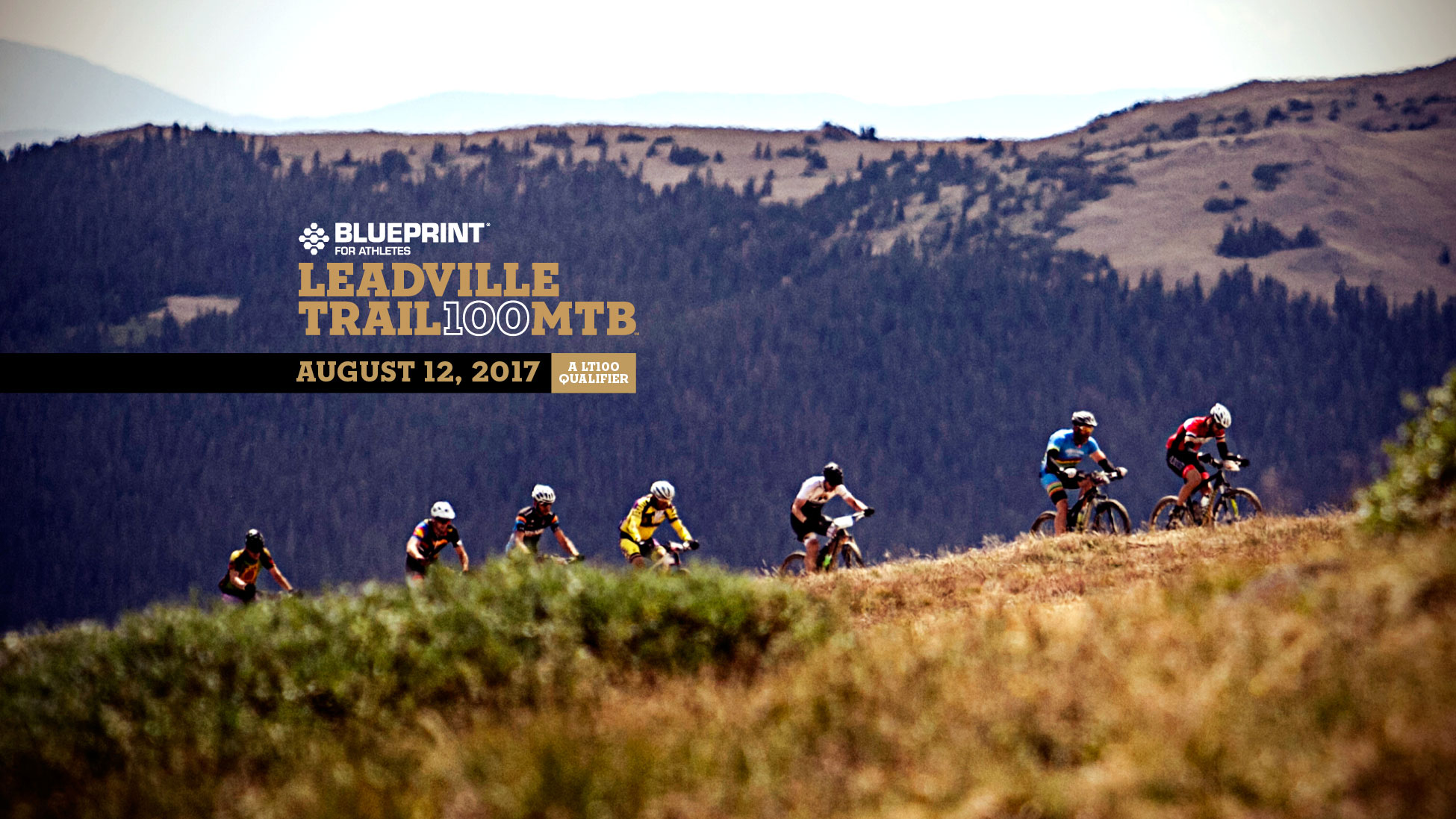Keeping Hydration in Check: How Much is Enough?
By Brooke Schohl, MS, RD
Keep dehydration and over-hydration out of your race day by learning to take in just the right amount for your body. This summer, take these hydration tips to heart.
You’ve seen it before — the overzealous athlete chugging a gallon of water race morning. Is this necessary? Safe? Recommended? As summer and scorching temperatures approach, it’s tempting to overdo it with fluids. But careful — over-hydrating can lead to hyponatremia, when blood sodium levels become diluted. As a result, your body’s water levels rise, and cells begin to swell. As you can guess, this isn’t a good situation.
On the flipside, dehydration is incredibly dangerous as well. Dehydration occurs when you lose more fluids than you take in. Vigorous exercise, especially in hot or humid weather, expedites fluid loss through sweat. This condition can be mild to moderate, or severe. Mild/moderate symptoms include a dry mouth, tiredness, thirst, decreased urine output, dry skin, headache, constipation and dizziness.
Severe dehydration takes a more drastic turn with warning signs like little to no urination, extreme thirst, sunken eyes, shriveled/dry skin, low blood pressure, rapid heartbeat, rapid breathing, fever and delirium.
Sodium, potassium, chloride, calcium, magnesium and phosphorus are all electrolytes lost via sweat; sodium is lost in the largest amounts. Electrolytes are in charge of maintaining water balance, helping your muscles contract/relax and assist in nerve impulse transmissions. Electrolytes are vital to life, and it is essential that they be maintained within their narrow operating windows. Therefore, athletes supplement electrolytes during sport when they will be losing them via sweat.
Keep dehydration and over-hydration out of your race day by learning to take in the proper amount for your body. Here are some tips for maintaining proper hydration.
Track Urine Color
Urine should be a pale yellow color like lemonade — not clear, not apple juice colored. This is the most simple hydration assessment tool as you can use it anytime (well, except when using those port-a-potties on race day).
Calculate Sweat Rate
Sweat rate is an incredibly individual thing, which means that fluid recommendations are given in a range:
- Make yours personal by finding an online sweat rate calculator such as: triharder.com/THM_SwRate.aspx
- The average sweat rate per hour is 32-48 ounces
- The average sodium losses per hour range from 500 – 1,500 mg
- Set your fluid and electrolyte intake goals based on your findings
Hydrating Pre-Event
Drink adequately, not excessively:
- Amount: 10-20 ounces morning of training/event**
- Type: Water
- Electrolytes: Sodium obtained through normal diet should suffice
Hydrating During Your Event
- Amount: 12-24 ounces per hour**
- Type: Water (liquid calories optional and depend on event length)
- Electrolytes: 0 – 800 mg/hour of sodium**
Hydrating Post-Event
- Amount: 16-20 ounces per pound lost**
- Type: Water
- Electrolytes: No supplements necessary; replace through food!
**Highly variable — dependent on body composition, sweat rate and climate
To sum it up, summer can be dangerous when it comes to hydration, so stay on top of it. Weigh yourself before and after events. Observe urine color. Be careful to not under- or over-hydrate; both can be dangerous. Take the necessary steps to ensure you stay safe during warm weather training and events.
Brooke Schohl, MS, RD, METS, is a registered sports dietitian and the owner of Fuel to the Finish Endurance Nutrition Coaching in Scottsdale, Arizona. She is an avid triathlete, having completed many triathlons of all distances including three Ironman races. She integrates that personal experience and knowledge into developing customized, sport-specific, metabolically efficient fueling plans for her clients. Brooke and her husband, John, own two Scottsdale, Arizona-based triathlon stores named Destination Kona. For more information on services and offerings, visit her website at www.fueltothefinish.com.



